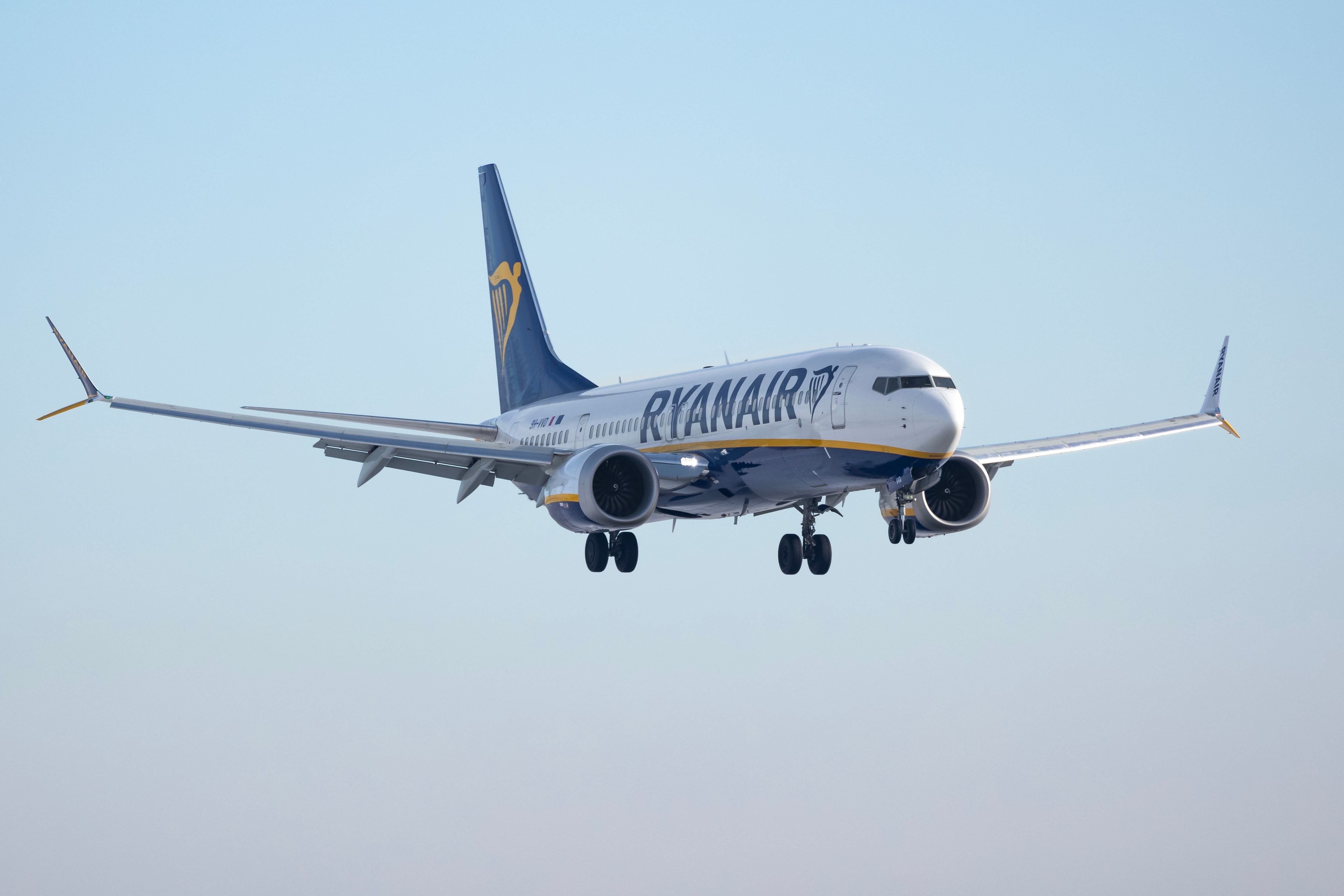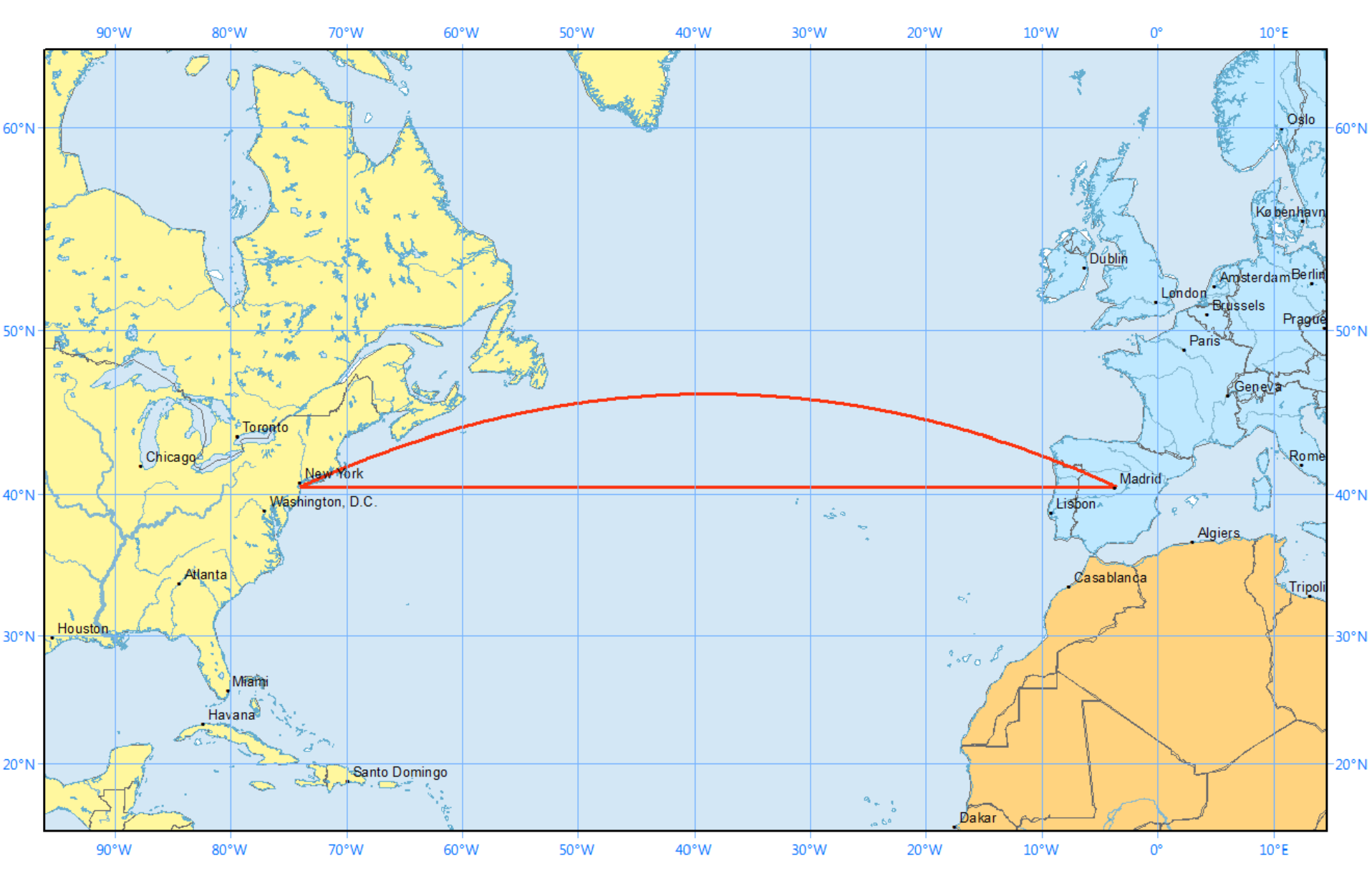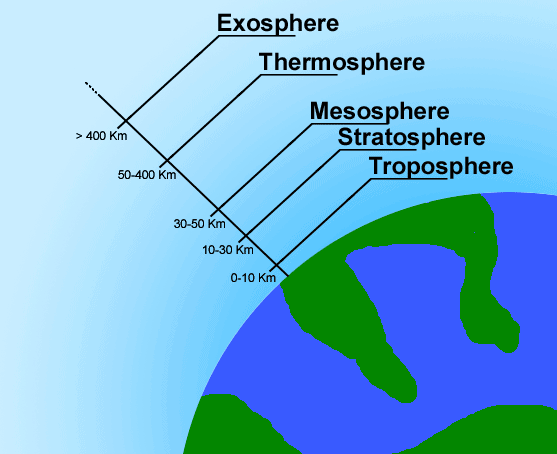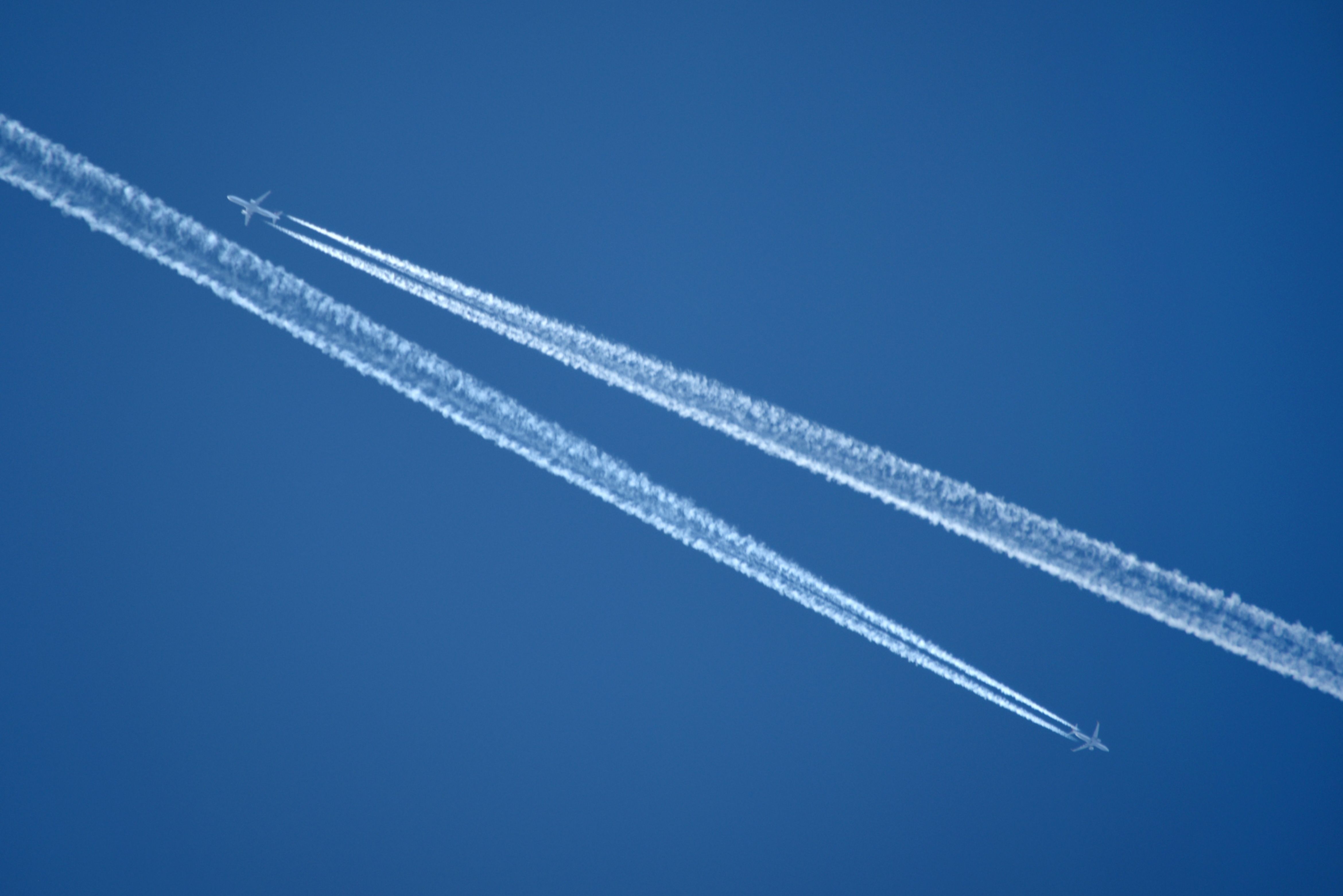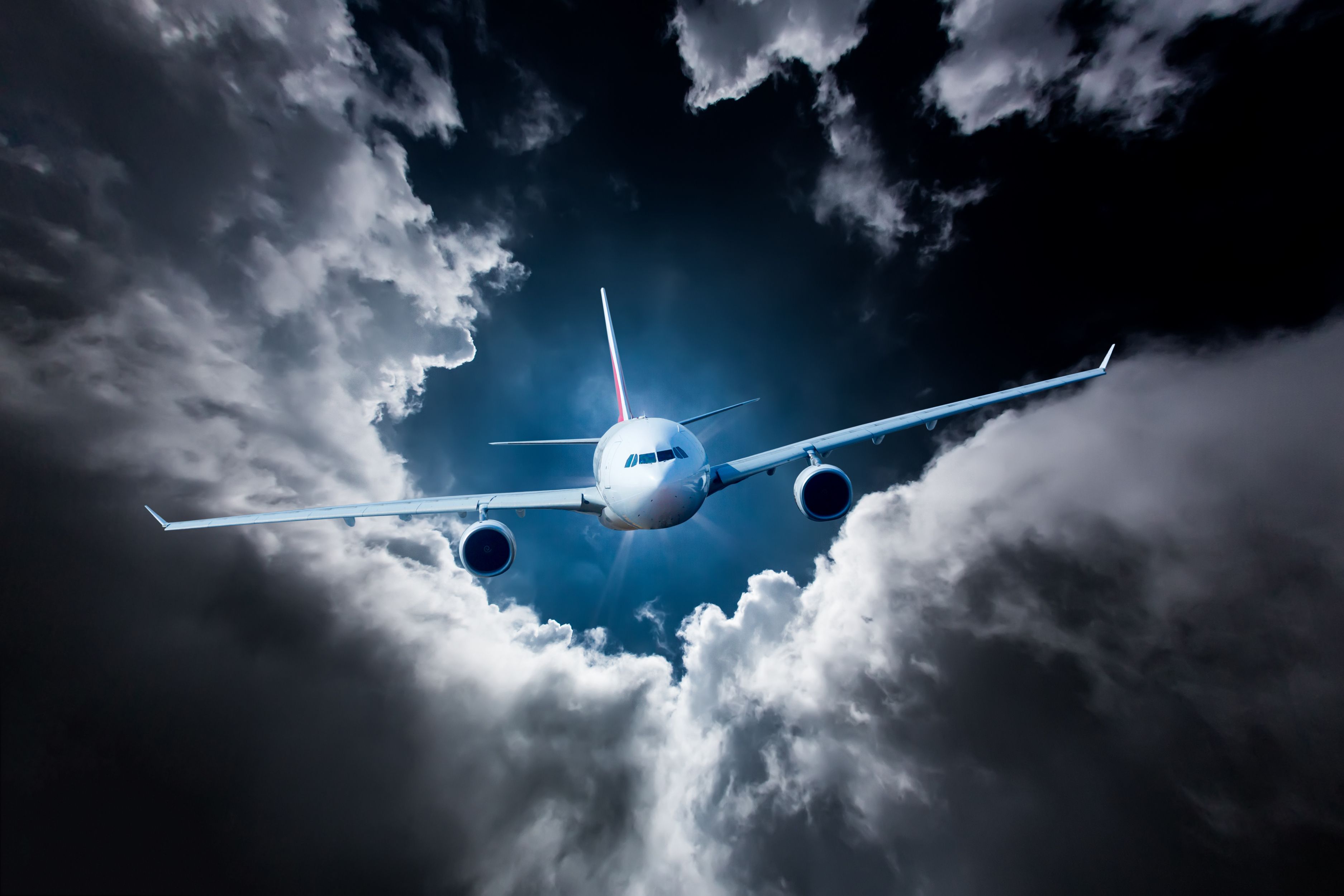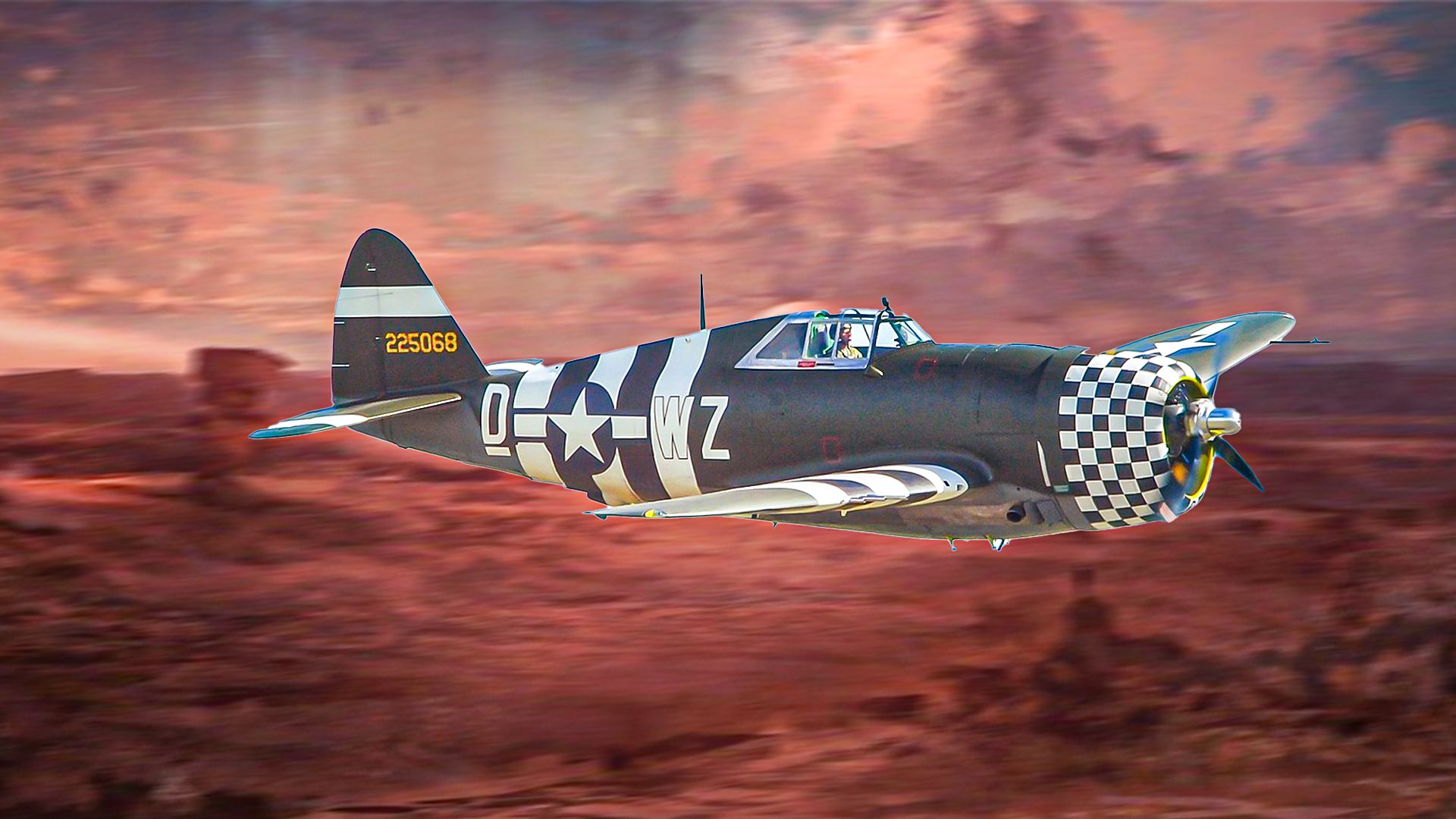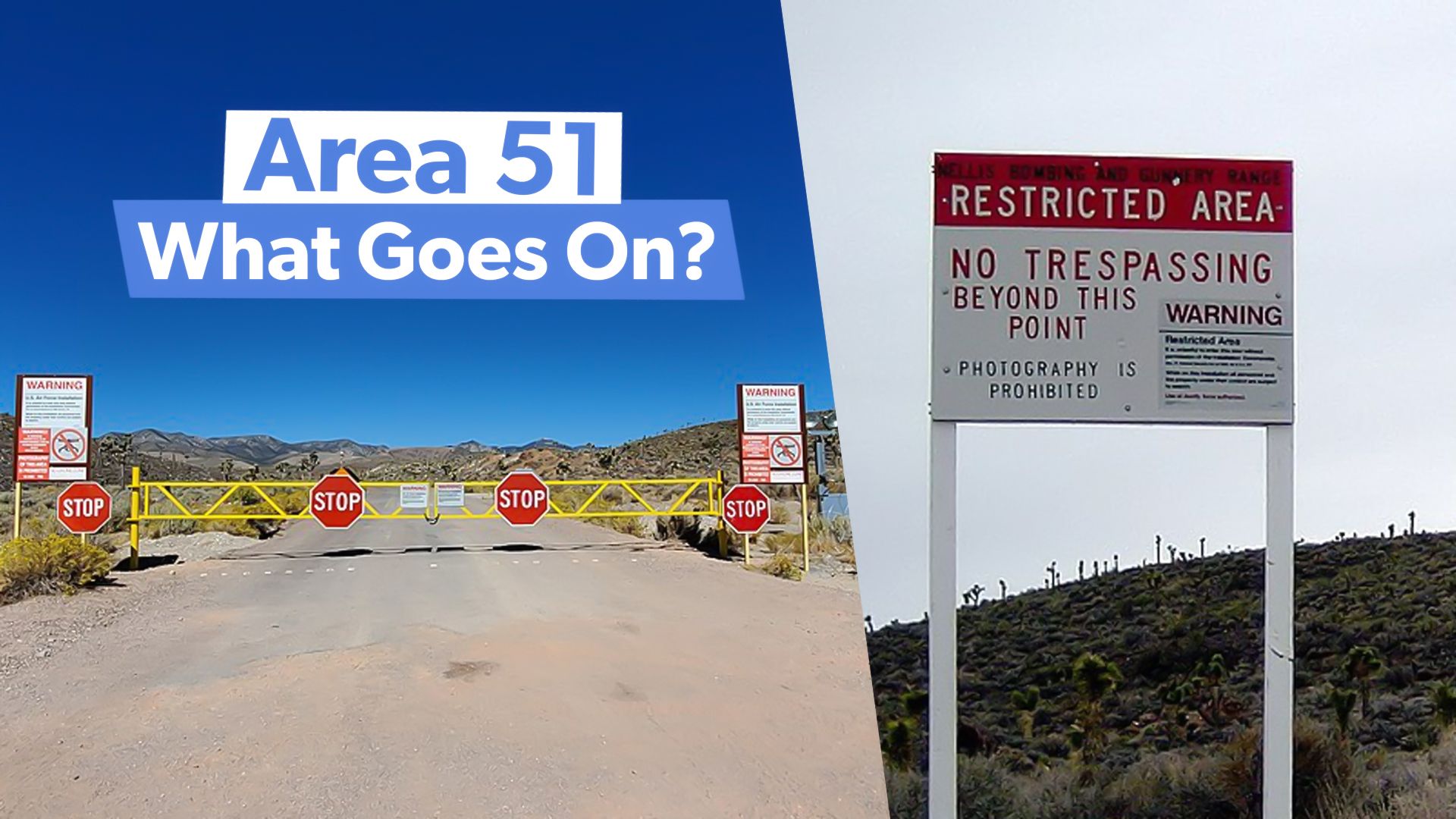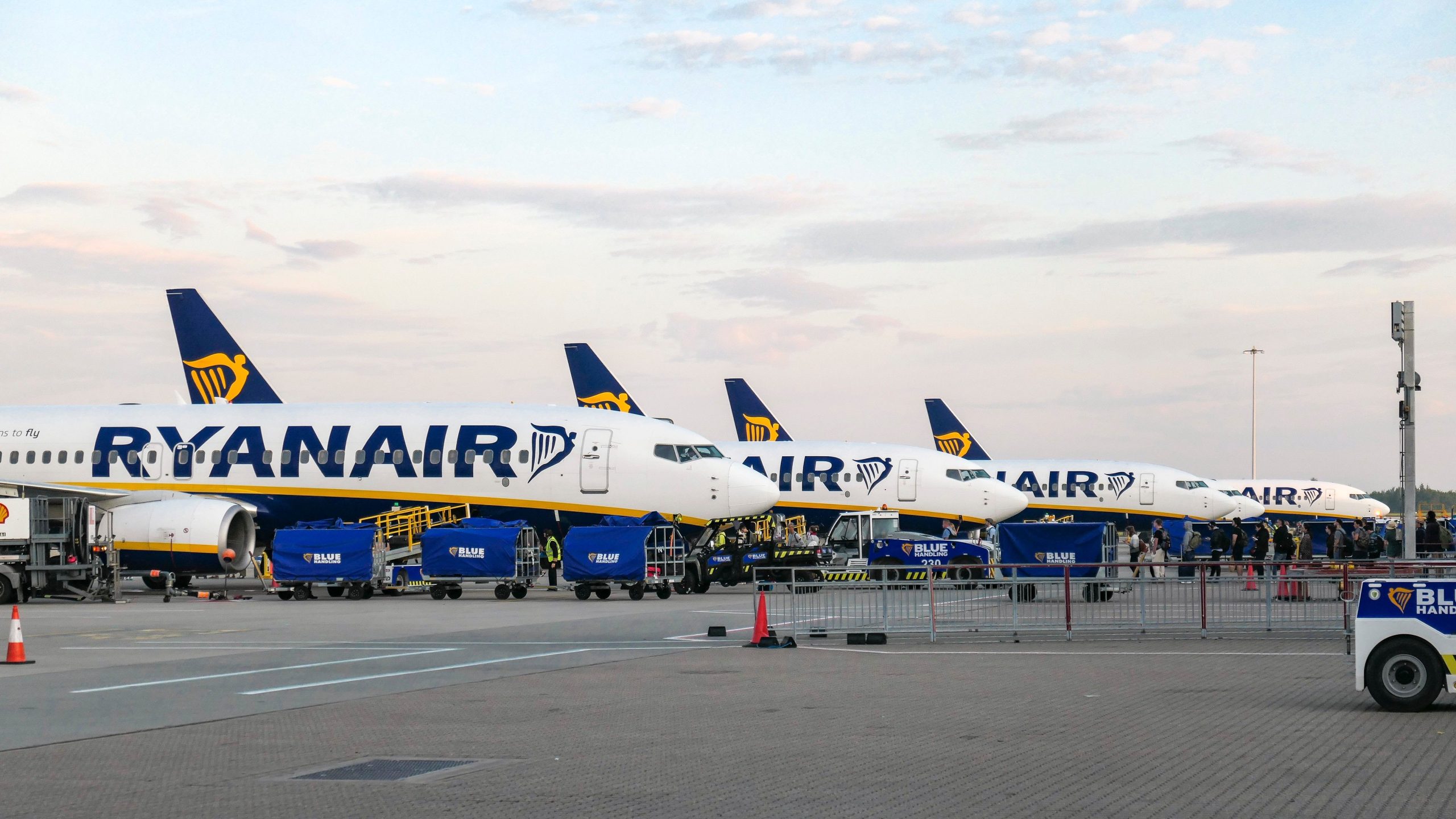Summary
- Aircraft fly curved routes due to the earth’s curvature and jet streams.
- Flight paths prioritize safety, time, and fuel efficiency.
- Jet streams can save time on flights, but also cause turbulence.
Have you ever wondered why aircraft don’t fly in a straight line from origin to destination? It is almost always a curved or a semi-circled route when seen on the map. There are several reasons for that, but the biggest two have to do with the curvature of the earth and the jet streams.
Guessing that it was a safety precaution wouldn’t be entirely wrong either, as when planning a route many pilots prefer to maximize the number of airports along their flight path. While emergencies are extremely rare when you consider how many planes take to the skies each day, knowing where you can land in an emergency is important nevertheless.
Having said that, it is hard to think how stressful it would be if you lost power over the middle of an ocean with nowhere to land. Equally, if the plane had a medical emergency on board that meant it needed you to land at your earliest, being on a well-thought-out route will pay dividends.
Flight paths are all about time and money
Ultimately, the flight path an airliner takes comes down to saving time and fuel. It is easy to forget that airlines are a business whose profits depend on how quickly it can move passengers and cargo between destinations.
Photo: kamilpetran | Shutterstock
In the end, it all comes down to speed being the primary factor in determining an airliner’s flight path. If you were to ask a classroom of students studying mathematics what is the quickest way to get from A to B the answer would, of course, be a straight line.
This may be true on a two-dimensional map, but the earth is not flat (despite what some apparently believe). To understand this properly, you need to look at a globe to appreciate the curvature of the earth in order to understand flight paths better.

Related
The Various Considerations Of Route Planning & Aircraft Selection
There’s certainly a lot to think about!
Curving towards the poles is quicker than flying in a straight line
Why fly the curved route?
- Aircraft travel along the shortest route in 3-dimensional space.
- The route is called a geodesic or great circle route.
- These are common in navigation, sailing, and aviation.
- Geodesics can be confusing when looking at a 2-dimensional map.
As highlighted by GIS Geography, Even using a globe of the earth is not entirely right, as the distance for making a complete circle of the earth from north to south is shorter than making a circle of the earth around the equator.
Photo: GIS Geography
The reason for this is that the earth revolves on its axis, forcing the middle to bulge out slightly. The curvature of the earth and its extra equatorial width mean that curving towards the poles is a shorter distance than flying in a straight line.
The jet stream
Another criterion airlines use for determining flight paths is air currents known as the jet stream. These high altitude air currents exist near the top of the troposphere, which is the lowest layer of the earth’s atmosphere and the place where most weather occurs.
The border between the troposphere and the next layer, the stratosphere, is known as the tropopause, an altitude that fluctuates between four and twelve miles above the earth’s surface. This fluctuation results in rapid shifts in air temperature and pressure, which creates a wind tunnel that can reach speeds of over 200 mph.
These extreme speeds are most common during the winter months when the temperature difference is greatest, but regular wind speeds of 80 to 140 mph are quite common.
Photo: goran cakmazovic I Shutterstock
The earth has four main jet streams, two in each hemisphere, and thanks to the earth’s rotation they mostly flow west to east. The two most important for airlines are the polar jet stream, which forms near the Arctic Circle, and the subtropical jet stream near the equator.
This means that flying with the jet stream can shave time off a flight. However, flying into the jet stream will slow you down.
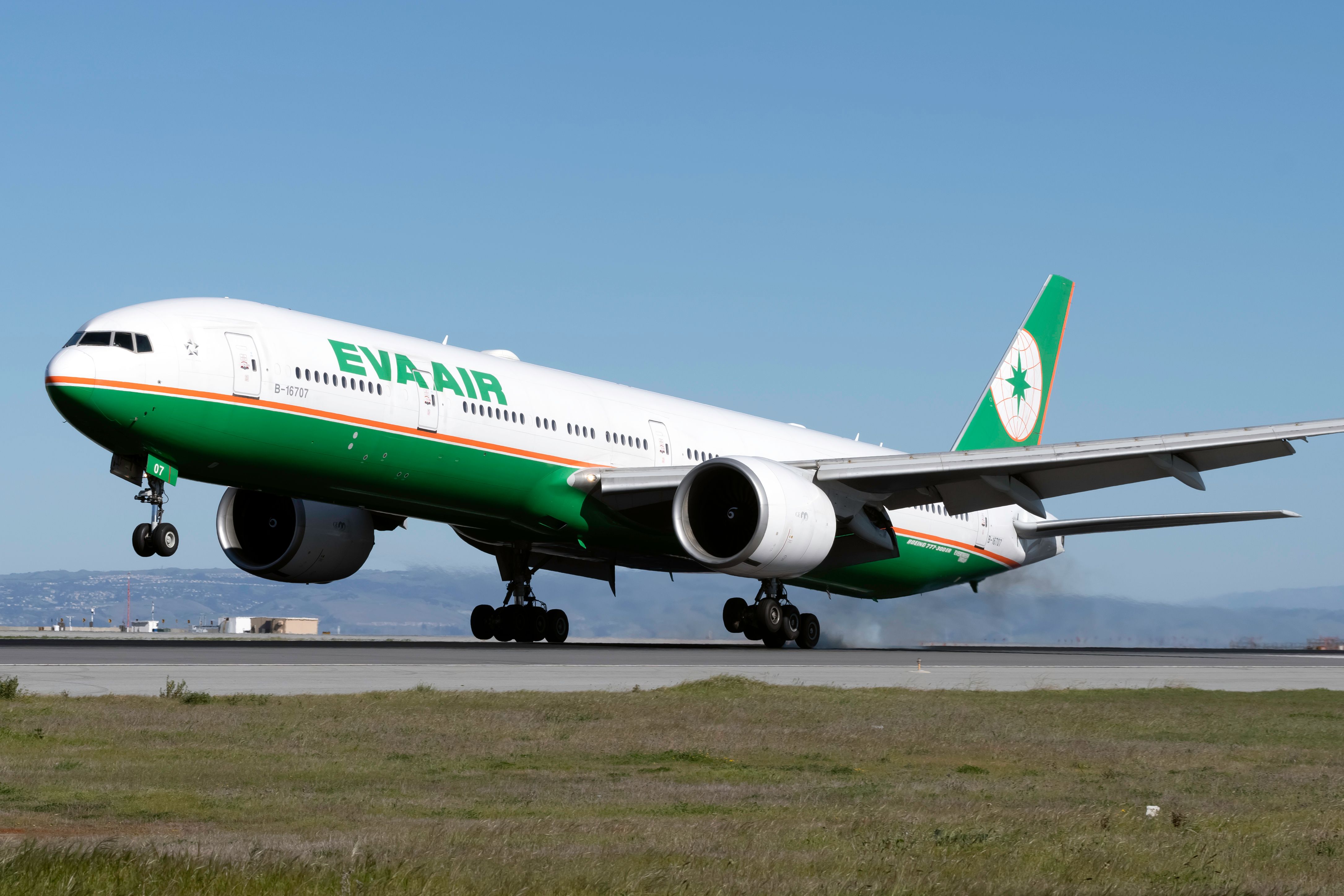
Related
Wow: Jetstream Pushes EVA Air Boeing 777-300ER To 693 Knots
An EVA Air Boeing 777-300ER reached nearly 700 knots on a service to San Francisco.
Turbulence
While pilots do their best to avoid turbulence, sometimes it is unavoidable. Turbulence is caused by hot air rising from the earth and is why gliders can stay in the air so long without the power of a motor. There is less turbulence over water than over land, because the primary cause of turbulence is hot air rising from the ground. Water distributes heat a lot better than soil, making flights over the ocean much smoother.
Photo: Andrei Armiagov | Shutterstock
While flying with the jet stream is a big advantage, it does have a downside called clear air turbulence (CAT) which occurs along the edges of the stream. Far more intense than normal turbulence and almost impossible to predict, clear-air turbulence is a good reason as to why you should always keep your seatbelt fastened while flying.
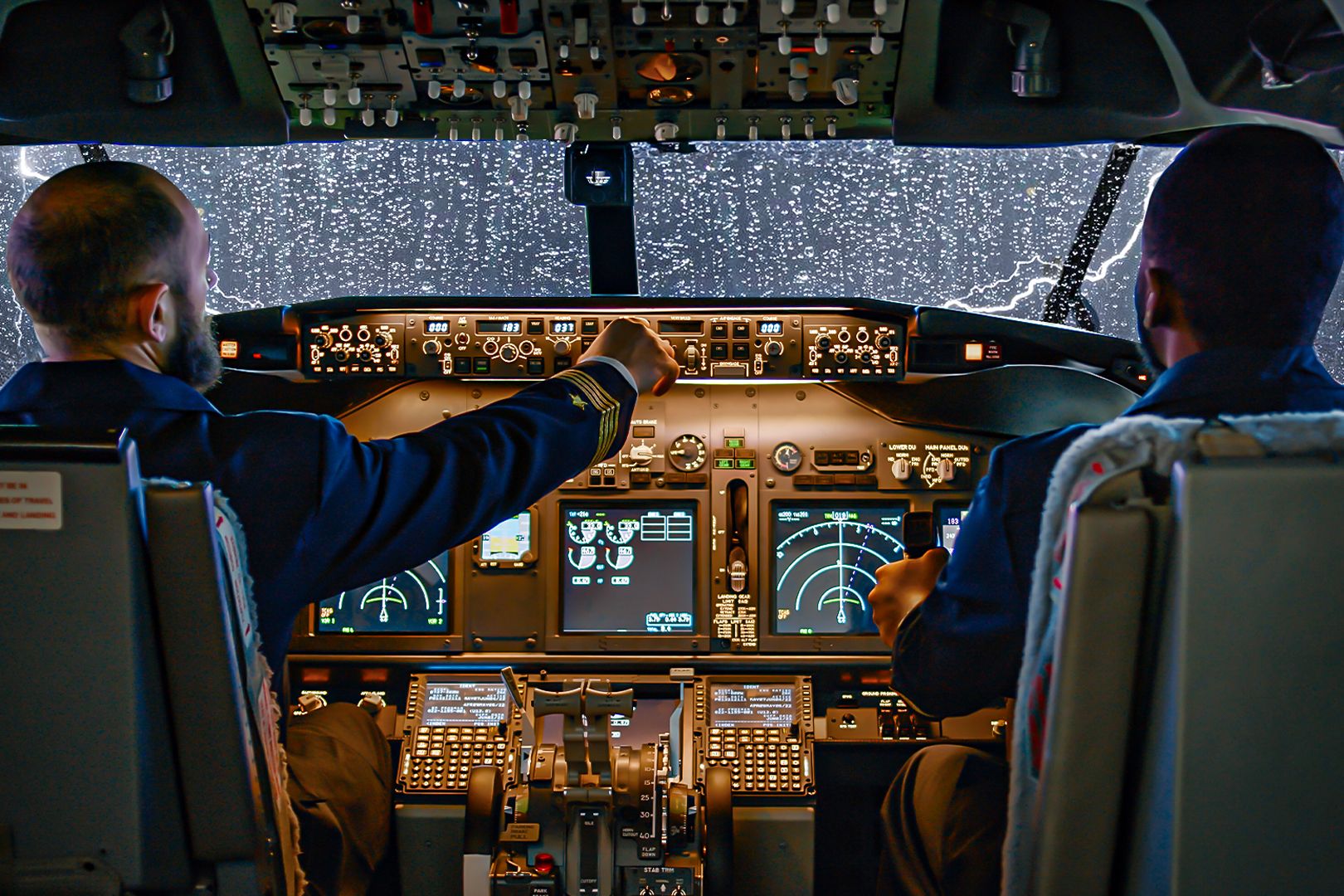
Related
Inflight Turbulence: A Pilot’s Perspective
A review of the types and intensities of turbulence, and how airlines avoid bumpy rides.


